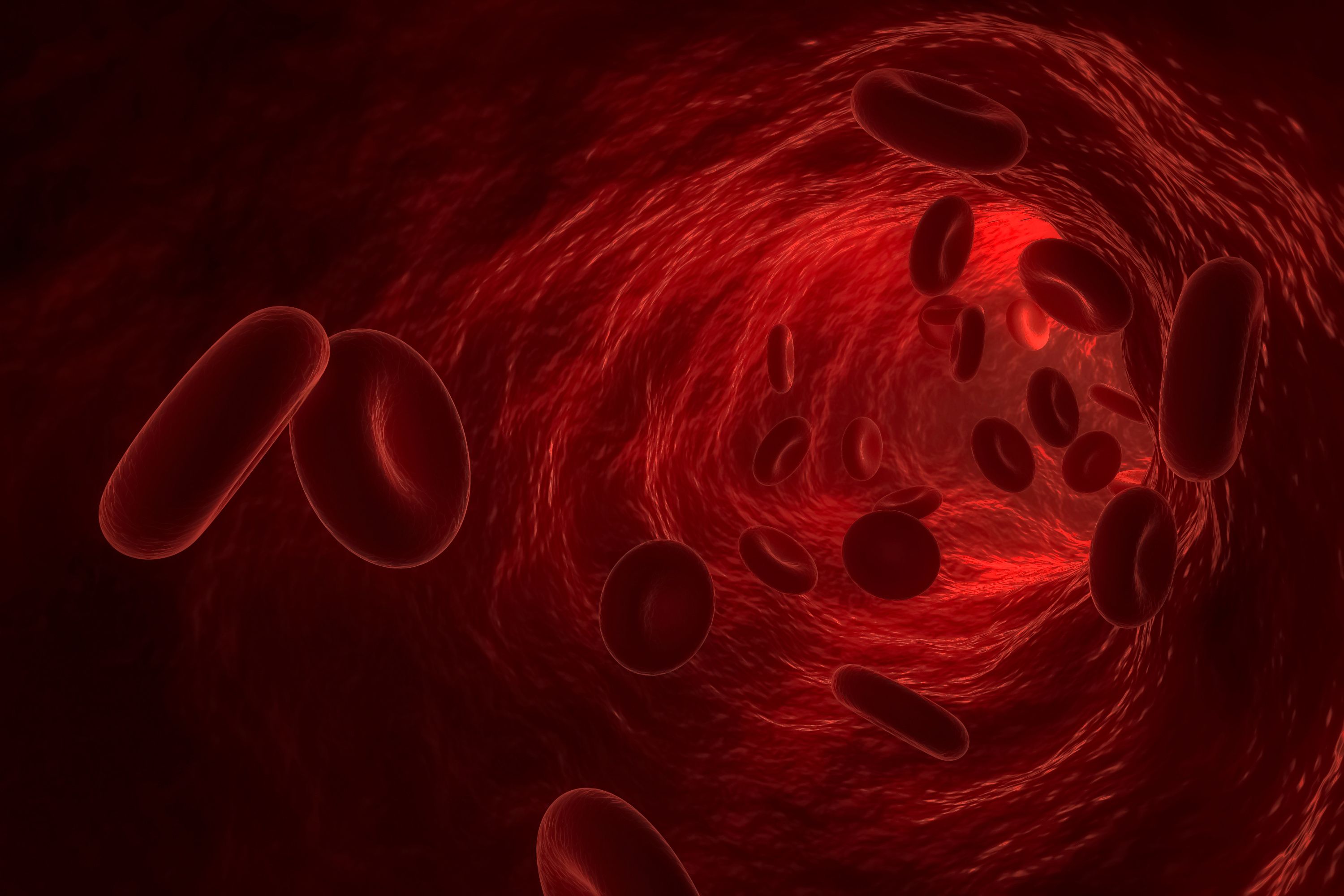Article
Surgeon General Calls for More People to Carry Naloxone to Counteract Opioid Overdoses
Author(s):
Surgeon General Jerome M. Adams, MD, issues a call for more people to carry naloxone to counteract opioid overdoses amid the ongoing national public health emergency; however, it is unclear if increased access to naloxone will combat the opioid epidemic or exacerbate overdoses.
In a rare move that highlights the seriousness of the ongoing US opioid epidemic, the surgeon general has issued an advisory, calling for more people to carry naloxone to counteract opioid overdoses. Surgeon General Jerome M. Adams, MD, released the advisory1 on the surgeon general’s government website and also wrote a viewpoint published in JAMA.2
The advisory coincided with National Public Health Week, which kicked off April 2 with a keynote address from Adams, who discussed the importance of creating strong community relationships.
In the advisory, Adams emphasized the importance of naloxone, which can reverse an opioid overdose. “Expanding the awareness and availability of this medication is a key part of the public health response to the opioid epidemic,” he wrote.
In the advisory, Adams highlighted the criteria that can identify if someone is at an elevated risk for an opioid overdose. In addition to patients taking opioids, as prescribed for long-term management of chronic pain, he identified the following characteristics:
- Misusing prescription opioids or using heroin or illicit synthetic opioids
- Having an opioid use disorder, completing opioid detoxification, or being discharged from treatment that does not include ongoing use of methadone, buprenorphine, or naltrexone
- Being recently discharged from emergency medical care after an overdose
- Being recently released from incarceration with a history of opioid misuse
In the advisory, Adams tells patients and the public to talk with their provider about obtaining naloxone, ask how to identify the signs of an overdose, and get trained to administer naloxone in an emergency. In addition, he recommends providers follow the CDC Guideline for Prescribing Opioids for Chronic Pain, utilize their state’s prescription drug monitoring program, and dispense naloxone to friends and family of individuals at risk of an opioid overdose.
In his JAMA viewpoint article, Adams recognized the clinical benefit of naloxone. He explained that programs that distribute naloxone have been found to help reduce overdose rates and increase survival from an overdose.
“An important caveat to these findings, however, is that programs and policies aimed at increasing naloxone availability must be coupled with expanded treatment for opioid use disorder to achieve a sustained reduction of overdose deaths,” he wrote.
Another concern is that the increased access to naloxone may actually increase overdoses by reducing disincentives for risky behavior. A recent, controversial working paper3 found that broadening naloxone access actually increased opioid-related mortality by 14% in the Midwest. As a working paper, the research has not yet been submitted for peer review.
“Naloxone access saves, or at least extends, the lives of many existing opioid abusers and increases the number of new opioid abusers,” the authors wrote.
However, the authors of the working paper did note that increased access to naloxone might have meant that opioids were more correctly being recorded when they were involved in an incident. They added that their findings do not mean naloxone should no longer be made available to people with opioid addiction or those who are at risk of an overdose, and they echoed Adams' recommendation that naloxone be paired with expanded treatment.
“Looking forward, our results suggest that naloxone’s effects may depend on the availability of local drug treatment: when treatment is available to people who need help overcoming their addiction, broad naloxone access results in more beneficial effects,” the authors concluded. “Increasing access to drug treatment, then, might be a necessary complement to naloxone access in curbing the opioid overdose epidemic.”
References
- Adams JM. Surgeon general’s advisory on naloxone and opioid overdose. Surgeon General’s website. surgeongeneral.gov/priorities/opioid-overdose-prevention/naloxone-advisory.html. Published April 5, 2018. Accessed April 6, 2018.
- Adams JM. Increasing naloxone awareness and use: the role of health care practitioners [published online April 5, 2018]. JAMA. doi:10.1001/jama.2018.4867.
- Doleac JL. Mukherjee A. The moral hazard of lifesaving innovations: naloxone access, opioid abuse, and crime [published online March 6, 2018]. SSRN.

Navigating Sport-Related Neurospine Injuries, Surgery, and Managed Care




